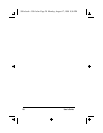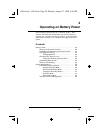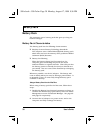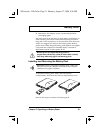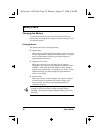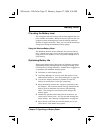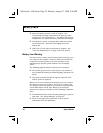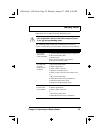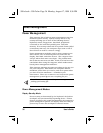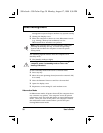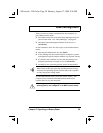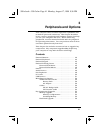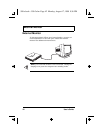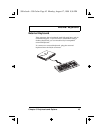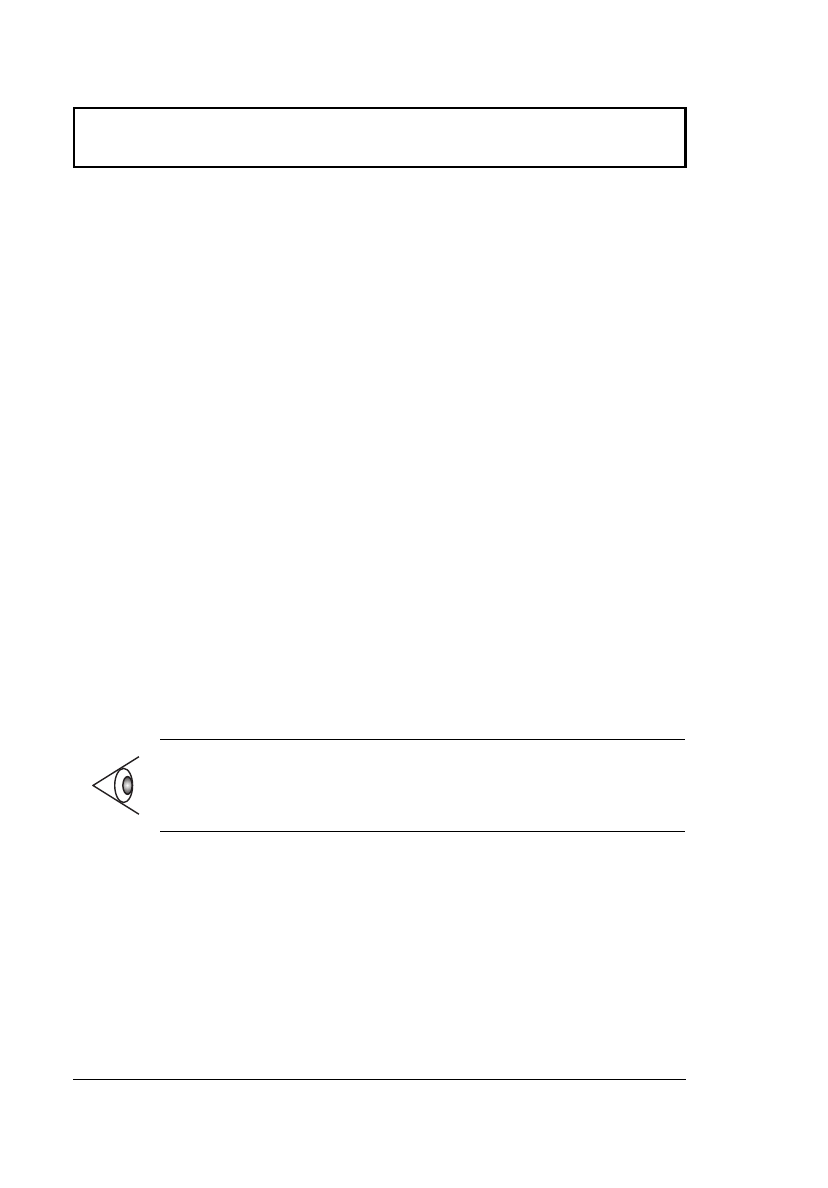
Power Management
36 User’s Guide
Power Management
This computer has a built-in power management unit that
monitors system activity. System activity refers to any
activity involving one or more of the following devices:
keyboard, mouse, floppy drive, hard disk, peripherals
connected to the serial and parallel ports, and video
memory. If no activity is detected for a period of time (called
an inactivity time-out), the computer stops some or all of
these devices in order to conserve energy.
Power management methods used by most computers are
timer-based. You set inactivity time-out values for the
display, hard disk, and other devices. The computer then
"sleeps" when these time-outs elapse. The problem with
this is that no two users are alike. Each of us has his or her
own habits when using the computer, which makes timer-
based power management ineffective.
This computer manages its power according to the way you
use your computer. This means the computer delivers
maximum power when you need it, and saves power when
you don’t need the maximum — all without your
intervention. There are no timers to set, because the power
management system figures out everything for you.
Power Management Modes
Display Standby Mode
Screen activity is determined by the keyboard, the built-in
touchpad, and an external PS/2 pointing device. If these
devices are idle for the period determined by the computer’s
power management system, the display shuts off until you
press a key or move the touchpad or external mouse.
Note: We recommend you enable power management to
prolong your battery life.
500-e.book : 500-2e.fm Page 36 Monday, August 17, 1998 9:36 PM



